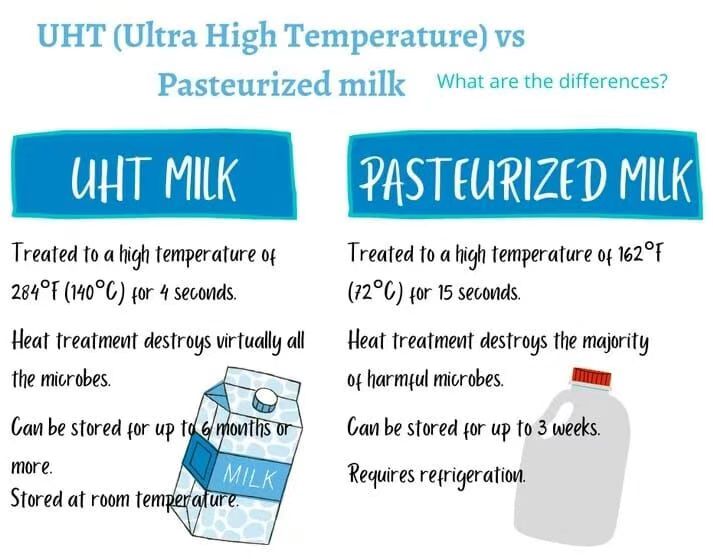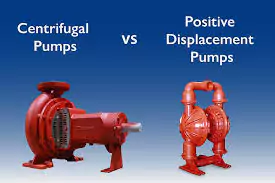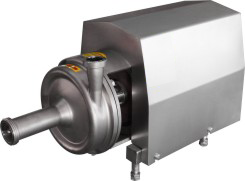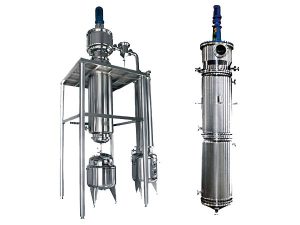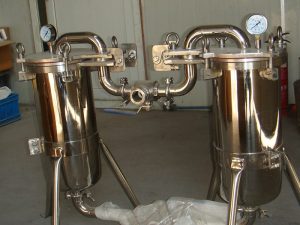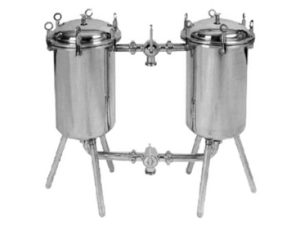In today’s herbal extraction, pharmaceutical, food, and chemical industries, the commercialpercolation tank has become an essential piece of equipment for continuous and efficient extraction. Unlike traditional maceration, percolation allows solvents to pass steadily through powdered raw materials, achieving a better concentration gradient and higher extraction yield. However, not all percolation tanks are created equal. For businesses seeking consistent quality, lower solvent consumption, and better process safety, understanding key design elements is crucial.
This article highlights five critical design features you should evaluate before purchasing a commercial percolation tank. Each feature reflects the engineering logic behind superior performance — helping you make a confident, informed investment for your business.
Table of Contents
ToggleUniform Solvent Flow & Distribution – The Foundation of Efficient Extraction
The heart of any percolation process lies in how evenly the solvent flows through the raw material bed. If the solvent forms channels or bypasses certain areas, extraction efficiency drops sharply. Therefore, flow uniformity is the first aspect to check when selecting an industrial percolation tank.
High-quality tanks feature:
-
Precision-engineered distributor heads or multi-point sprinklers that ensure even solvent coverage.
-
Symmetrical vessel geometry and internal flow guides to prevent channeling or dead zones.
-
Balanced top and bottom outlets that maintain consistent hydraulic pressure across the material layer.
This design ensures the solvent fully penetrates the herbal or botanical material, dissolving active components effectively. Uniform percolation leads to higher extraction yields, shorter processing times, and better reproducibility — all key factors in industrial-scale operations.
Precision Flow Control – Regulate the Process, Maximize Yield
In a modern industrial percolation system, precise control of solvent flow rate and residence time determines how efficiently active compounds are extracted. Since different materials (like ginseng, green tea, or animal-based raw matter) respond differently to solvents, flexibility in flow control is a must.
Advanced percolation tanks incorporate:
-
Automated or digital flow control valves for real-time solvent regulation.
-
Variable-frequency pump systems to adapt flow rates through each extraction phase — slow during soaking, faster during percolation, and moderate during final rinse.
-
Programmable flow cycles that optimize solvent contact and minimize waste.
By managing solvent velocity and exposure time, operators can fine-tune the extraction curve, achieving higher solute concentration with less solvent use. For businesses focused on process optimization, precision flow control translates directly into higher efficiency and lower operational costs.
Smart Anti-Clogging Design – Maintenance and Reliability Matter
Even the best-designed system can fail if it clogs. Materials like frankincense, rosin, and aloe vera tend to soften and clump when exposed to solvents, blocking pores and disrupting solvent flow. That’s why anti-clogging design is a critical benchmark for any commercial percolation tank.
Top-tier equipment addresses this issue with:
-
Polished inner surfaces made from corrosion-resistant stainless steel 316 or coated with Teflon to prevent material adhesion.
-
Built-in backwash jets or reverse-flow systems to automatically clear blockages.
-
Removable distribution plates and filter screens for easy cleaning and inspection.
-
Multi-layer outlet configurations that reduce residue accumulation.
These thoughtful design details extend the lifespan of the tank, minimize downtime, and ensure stable extraction cycles — essential for businesses that depend on continuous production. In industrial operations, reliability is as valuable as performance.
Structural Integrity & Sealing – Safety Defines Trust
When dealing with solvents, heat, and pressure, structural strength and sealing integrity are non-negotiable. A commercial percolation tank must withstand years of continuous operation without leakage, deformation, or corrosion.
Look for these critical features:
-
Heavy-duty vessel walls with double-layer leak protection and precision welding.
-
Certified sealing materials (PTFE or fluoroelastomer gaskets) that resist both chemicals and temperature extremes.
-
Secure flanges, safety valves, and pressure relief mechanisms to protect against overpressure.
-
Heat-compensating joints or expansion buffers if the tank integrates with heating or cooling systems.
These engineering safeguards not only prevent safety incidents but also maintain consistent vacuum or pressure conditions inside the tank — which directly affects extraction uniformity. For businesses, strong sealing and structural integrity build confidence and reduce long-term risk.
Modular & Scalable Architecture – Designed for Growth
Production needs evolve, and so should your extraction equipment. A modular percolation tank design allows your business to scale efficiently without replacing the entire system.
Future-ready percolation tanks include:
-
Standardized mechanical, electrical, and fluid interfaces for seamless system expansion.
-
Interchangeable components such as distribution plates, filter units, temperature control modules, or CIP (Clean-in-Place) systems.
-
Compatibility with automation platforms like SCADA or MES for smart process monitoring.
-
Options for parallel or series connections to increase throughput.
This scalability ensures that as your production demand grows, your percolation equipment can grow with it. For businesses targeting long-term capacity planning, a modular tank is not an expense — it’s an investment in sustainable productivity.
Conclusion
Selecting the right commercial percolation tank is far more than choosing a piece of machinery — it’s a strategic decision that directly influences extraction efficiency, product consistency, and operational safety. A well-engineered system ensures uniform solvent flow, adjustable extraction rates, reliable anti-clogging, robust construction, and long-term scalability — five essential features that define performance and profitability.
From a business perspective, investing in a quality industrial percolation system means investing in stability. Equipment that runs efficiently with minimal maintenance reduces downtime, optimizes labor costs, and guarantees consistent extract quality across batches. In industries where purity and reproducibility matter, this consistency becomes a defining competitive advantage.
Before finalizing your purchase, request technical documentation, performance data, and customer case studies from your supplier. These insights not only validate equipment performance but also reveal the manufacturer’s expertise and service capability — both crucial factors for long-term collaboration.
Ultimately, a reliable commercial percolation tank is more than an extraction device; it’s the backbone of your production line. By choosing a system that balances innovation, durability, and scalability, your business can achieve higher efficiency today while remaining ready for tomorrow’s growth. Whether you’re producing herbal extracts, essential oils, food additives, or chemical solutions, a well-designed percolation tank will be a cornerstone of your operational success and sustainable development. Contact Us or Visit our Web to get more details.

